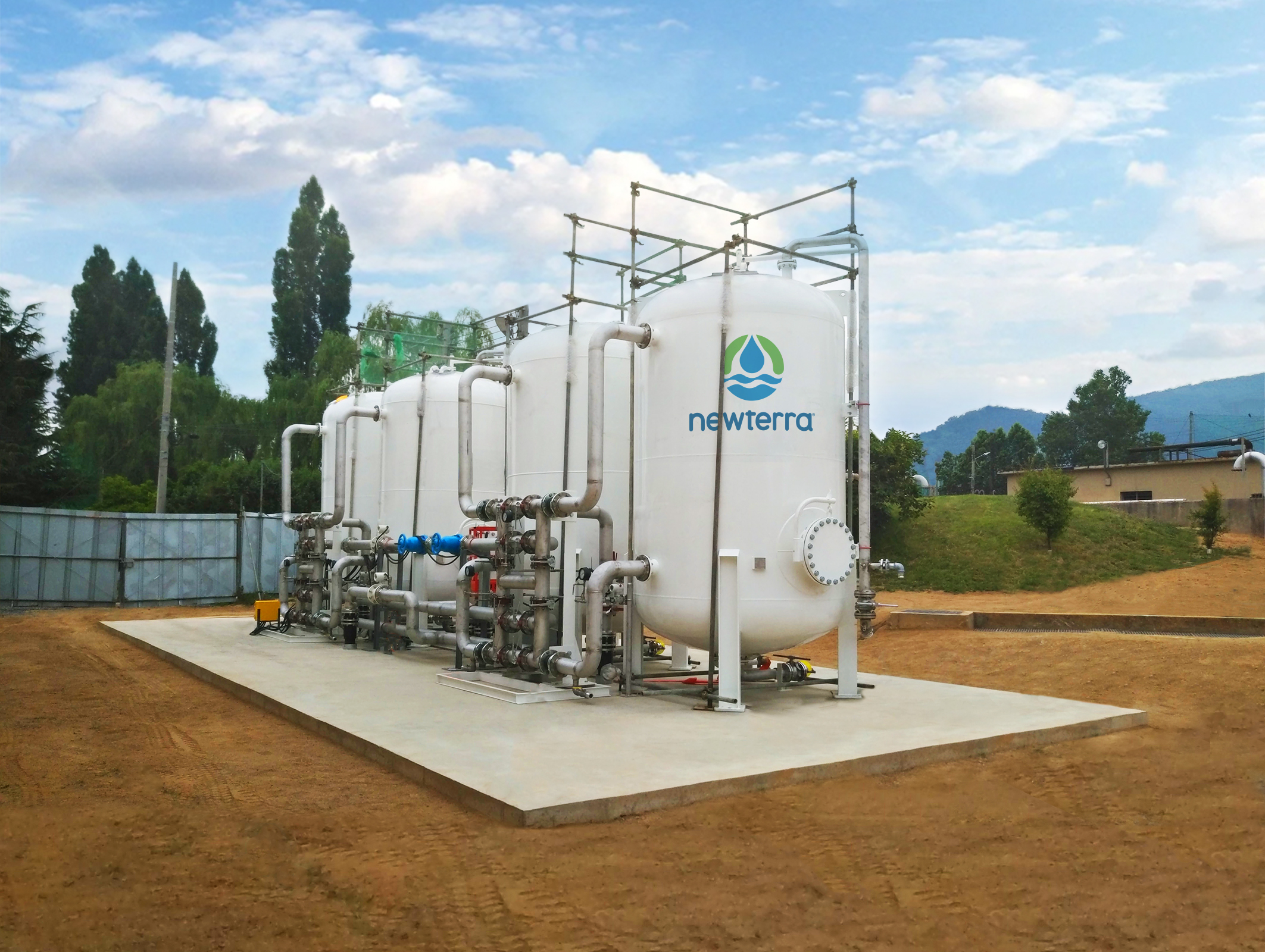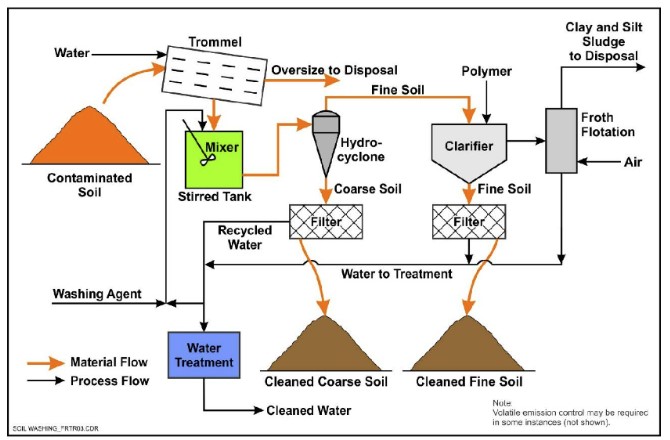The Advancements in PFAS Waste Management Methods for Sustainability
Innovative PFAS Therapy Solutions for Safer Water
The raising frequency of PFAS contamination in water materials necessitates a vital exam of cutting-edge treatment solutions. Furthermore, emerging bioremediation methods provide an even more sustainable strategy to tackling PFAS obstacles. pfas management.
Introduction of PFAS Contamination
PFAS contamination has become a substantial ecological and public wellness issue. Per- and polyfluoroalkyl materials (PFAS) are a team of artificial chemicals understood for their perseverance in the setting and body, leading them to be generally described as "for life chemicals." These substances have been widely utilized in various industries, consisting of firefighting foams, water-repellent textiles, and food packaging, mostly due to their water- and grease-resistant properties.
The widespread use PFAS has led to their discovery in dirt, water materials, and even in the blood of human beings and animals. Research studies have connected PFAS direct exposure to various wellness problems, including developmental effects in infants, body immune system dysfunction, and various types of cancer cells. Furthermore, the ecological persistence of these substances complicates their destruction and elimination, increasing concerns concerning lasting ecological influences.
Governing bodies are increasingly implementing stringent guidelines to monitor and reduce PFAS levels in drinking water and other ecological tools. As recognition of PFAS contamination grows, it has actually ended up being essential for neighborhoods and industries to look for efficient treatment services to minimize exposure and protect public wellness.
Advanced Purification Technologies
As the necessity to deal with PFAS contamination intensifies, progressed purification modern technologies have actually emerged as a critical part in the remediation initiatives focused on eliminating these relentless chemicals from water resources. These modern technologies take advantage of advanced systems to successfully target and catch PFAS substances, which are infamously resistant to conventional treatment approaches.
Among one of the most appealing approaches is using granular triggered carbon (GAC), which adsorbs PFAS molecules due to its high surface and permeable structure. This method has been extensively carried out in both local and industrial settings, showing considerable reductions in PFAS focus. In addition, ion exchange resins have obtained grip, particularly made to uniquely bind PFAS ions from water, hence facilitating their removal.
Membrane filtering technologies, such as reverse osmosis and nanofiltration, likewise reveal efficacy in PFAS removal by physically separating impurities from water - pfas management. These systems can accomplish high levels of purity, making them ideal for alcohol consumption water applications
Chemical Treatment Developments
Many chemical therapy advancements are being discovered to properly resolve PFAS contamination in water products. One encouraging strategy involves using advanced oxidation processes (AOPs), which utilize powerful oxidants such as ozone, hydrogen peroxide, or chlorine dioxide incorporated with UV light to break down PFAS compounds into less hazardous substances. This method has shown efficiency in research laboratory setups, revealing prospective for scalability in real-world applications.
One more ingenious strategy is the development of ion-exchange materials especially created to target PFAS. These resins can precisely adsorb PFAS compounds from water, permitting for their elimination throughout treatment processes. Current innovations have actually enhanced moved here the effectiveness and capacity of these resins, making them a beneficial choice for water treatment facilities.
In addition, researchers are examining making use of chemical representatives like persulfate and ferrous ions to improve the degradation of PFAS in contaminated water. These representatives can cause chemical reactions that facilitate the malfunction of helpful resources consistent PFAS substances.
Arising Bioremediation Techniques
Current developments in chemical therapy advancements have led the way for exploring bioremediation methods as a practical choice for attending to PFAS contamination. Bioremediation harnesses the all-natural metabolic procedures of bacteria to degrade or transform pollutants, making it an attractive strategy for dealing with relentless contaminants like PFAS.
Emerging strategies in bioremediation include the usage of genetically engineered microbes that can specifically target and break down PFAS substances. These microbial strains are being established for their boosted degradation abilities, raising the effectiveness of the removal process. Furthermore, scientists are investigating the capacity of plant-assisted bioremediation, where particular plant varieties may uptake and sequester PFAS from polluted soil and water.
One more encouraging approach is the application of bioaugmentation, which includes introducing beneficial bacteria right into infected environments to increase the deterioration of PFAS. This technique can facilitate faster remediation timelines and enhance general efficiency.

Governing Structures and Standards
A this post comprehensive regulatory structure is essential for effectively taking care of PFAS contamination and making sure public health and wellness security. The enhancing acknowledgment of per- and polyfluoroalkyl compounds (PFAS) as toxic wastes has prompted different federal and state firms to establish standards that regulate their presence in water products. The U.S. Environmental Protection Firm (EPA) has developed health advisories and is working towards establishing enforceable limitations for PFAS in drinking water.
State-level policies vary substantially, with some states taking on more stringent guidelines than those suggested by the EPA. These policies commonly include maximum pollutant levels (MCLs) for particular PFAS compounds, monitoring requirements, and reporting responsibilities for water utilities. Additionally, emerging frameworks concentrate on the remediation of contaminated sites, emphasizing the need for reliable therapy technologies.

Final Thought
Finally, the development and implementation of cutting-edge PFAS therapy options are important for addressing the pervasive concern of water contamination. Advanced filtering innovations, chemical treatments, and emerging bioremediation strategies jointly present a complex technique to successfully decrease and degrade PFAS degrees. As regulative structures proceed to develop, integrating these modern technologies will be vital to protect public health and recover the stability of infected water resources, eventually contributing to a cleaner and safer atmosphere.